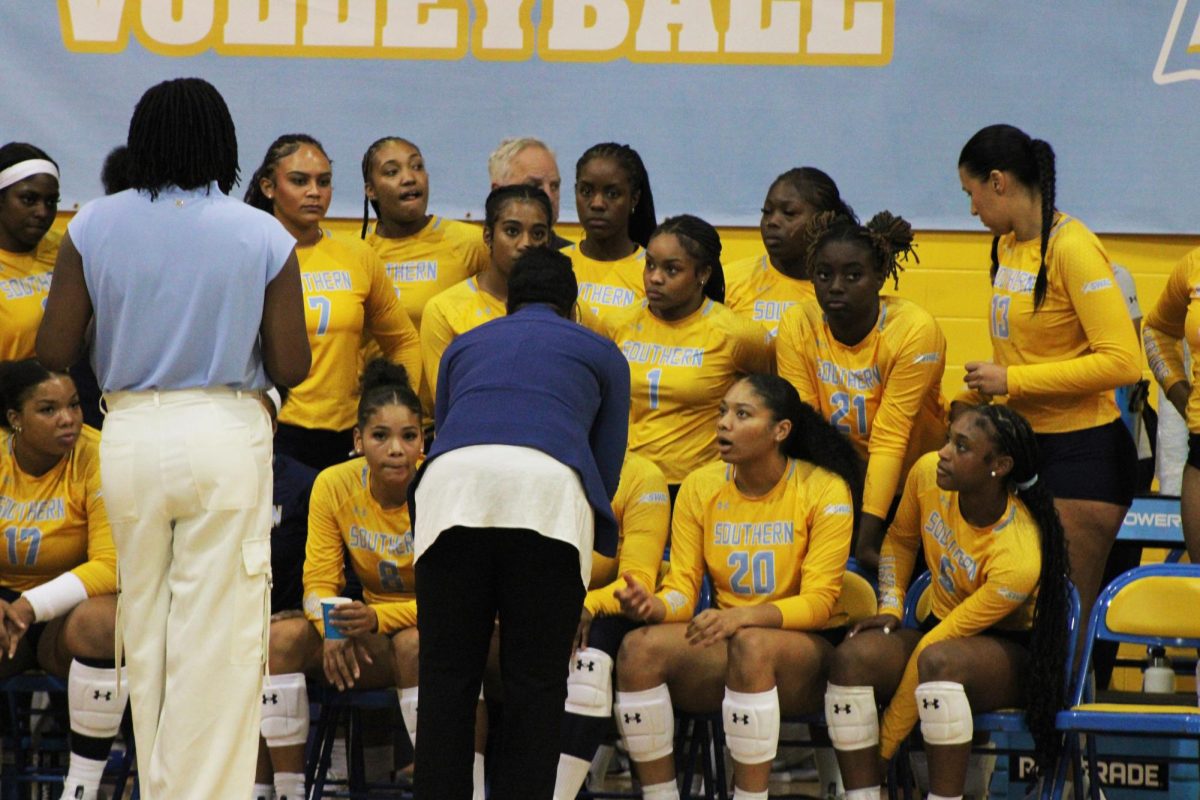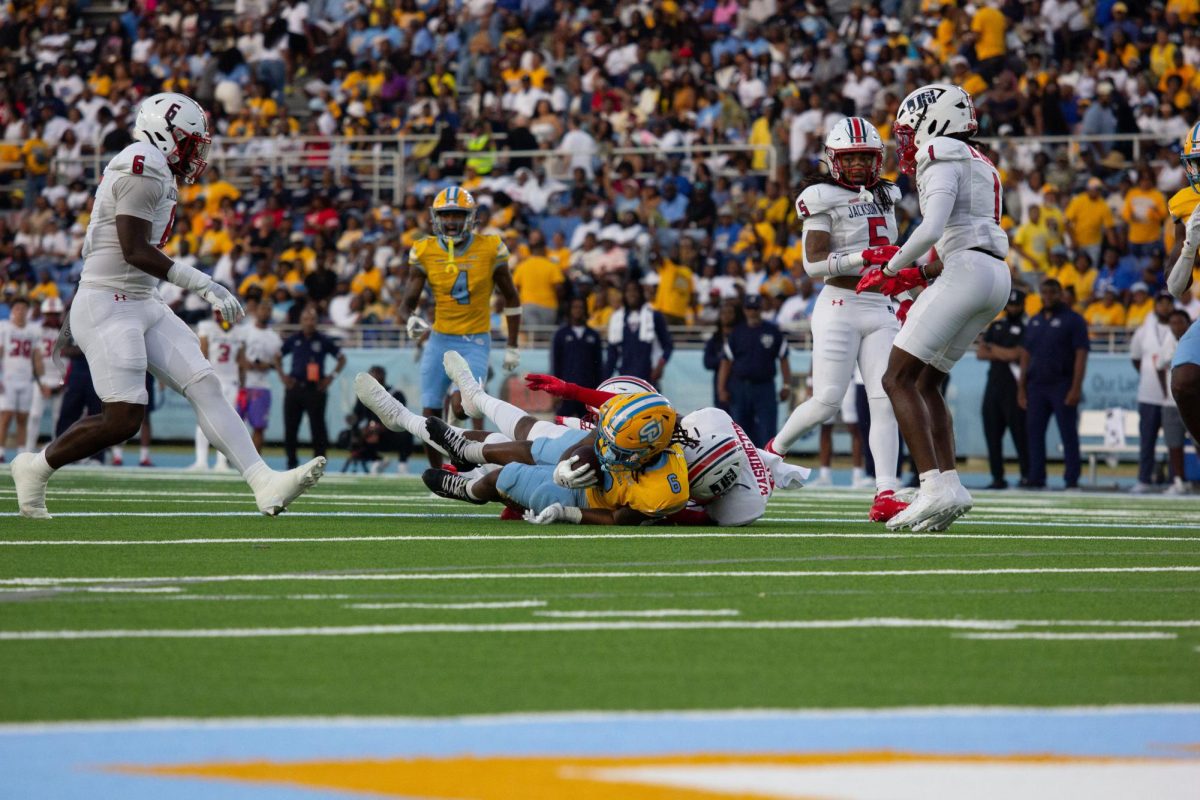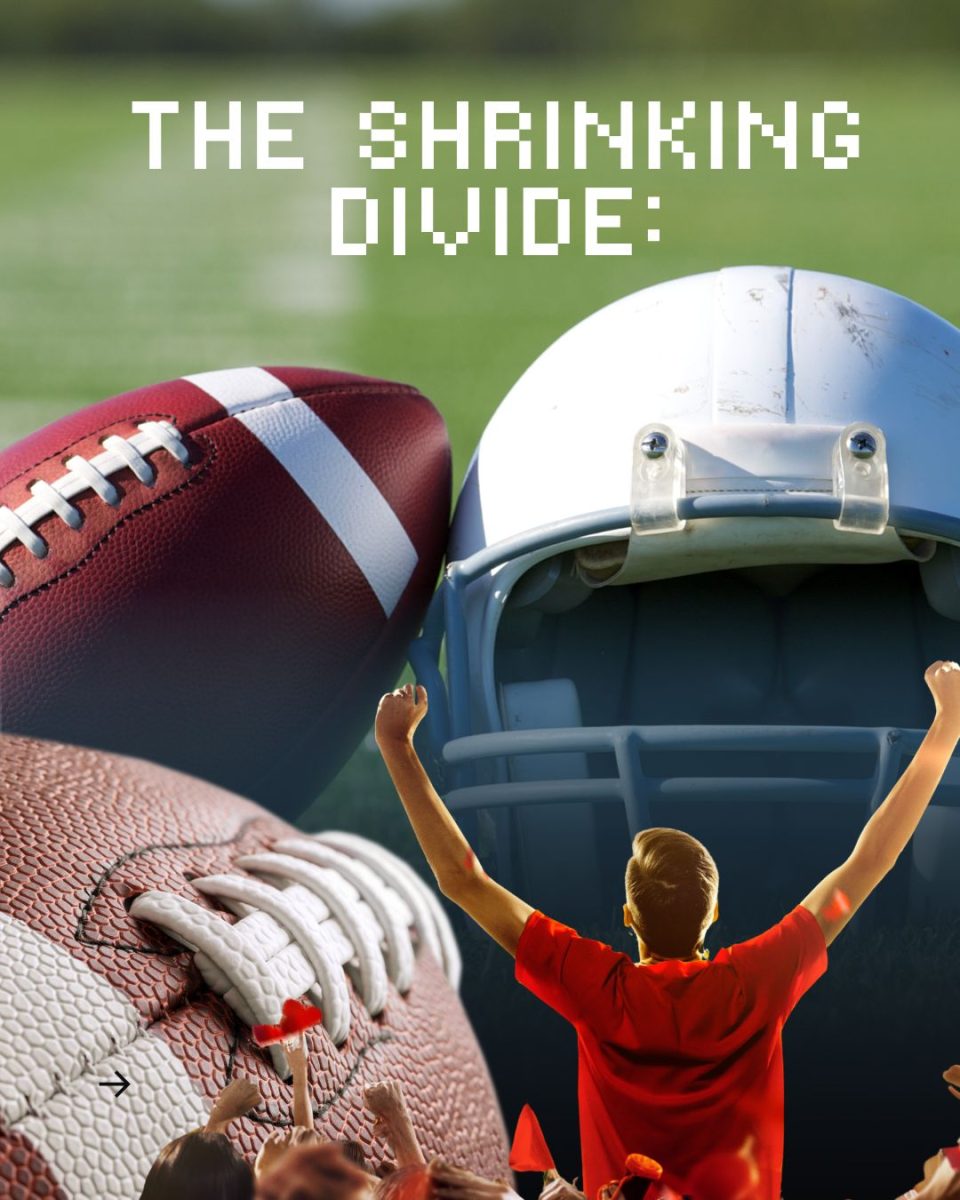As the sports world grows to acknowledge transgender athletes alongside their cisgender counterparts, the converation of where individuals of trans-experience fall in the athletic realm grows more intense. Lia Thomas, a graduating senior at University of Pennsylvania, drew attention after her identity as a transgender woman led to media assumption that she would have an unfair advantage over her fellow cisgender swimmers.
The requirements for transgender atheltes to participate in sports has been drastically downplayed in media, leading many to believe that they’re ‘cheating’ the game. This assumption has been corrected by The Independent, as a detailed explanation of that process shows its far from basic; “[Thomas underwent] hormone replacement therapy (HRT), which involves taking supplements of estrogen or testosterone to bring a trans person’s hormones in line with that of a cisgender (or non-transgender) person….Both the NCAA and the Olympics allow trans women to compete in women’s events once they have been on HRT for a certain length of time, and as long as tests show their testosterone is below certain levels….The scientific evidence is mixed, and post-HRT trans women do not currently dominate professional sport.” In Thomas’ case, her performance and even her physique have been negatively impacted by HRT, contrasting against the assumptions that she had an advantage over other athletes.
Thomas’ case, however, isn’t the only instance to cause this conversation, as a similar controversy was caused by the rising popularity of Caster Semenya. A South-African born middle-distance runner and two-time gold Olympic winner, Semenya drew attention after her success in the olympics was questioned due to her naturally higher-than-average levels of testosterone. Though Caster has always identified herself as a woman and was identified as such at birth as well, she faced similar attacks in the media and public eye as Thomas.
Some have claimed that the presence of testosterone in her body is evidence to deny her womanhood, and insisted that she be required to take hormone suppressants in order to run. Interestingly, while Semenya is considered advantaged in the sports world, she is not the only athlete with helpful genetic differences.
Micahel Phelps, a renowned swimmer and the most decorated Olympian of all time, has likely benefited from his expanded lung capacity, which is twice that of a regular human. His biological advantage is rarely mentioned, and has not been used to discount achievements. The difference in the reactions to these athletes speaks volumes.
When we discuss the dynamics of gendrer and sex in the world of athelticism, it is important to consider the scientific perspective before anything else. Many individuals are unaware of aforementioned testosterone suppressant requirements for trans-women, for example, which leads outsiders to make faulty and inaccurate assumption on the experience of transgender athletes.
While some may come to the assumption that these individuals have transitioned simply to participate in the team of the opposite-sex, I have to ask – does that actually make sense to you? Without any supporting evidence or testimonies, do you really think this is a fair assumption? Even if you may not understand the experience – which is natural, as we all may be oblivious to lifepaths we’ve never had to walk – ask yourself if you’d be comfortable with far-fetched assumptions being made of you. Especially when these assumptions are drawn to support a discussion you had no say in, as such is the case of Lia Thomas. I encourage others – regardless of identity and experience – to be considerate of the fact that we’re discussing other humans when we engage in these conversations.
Categories:
The Treatment of Transgender Athletes in Sports
March 29, 2022
0
More to Discover










